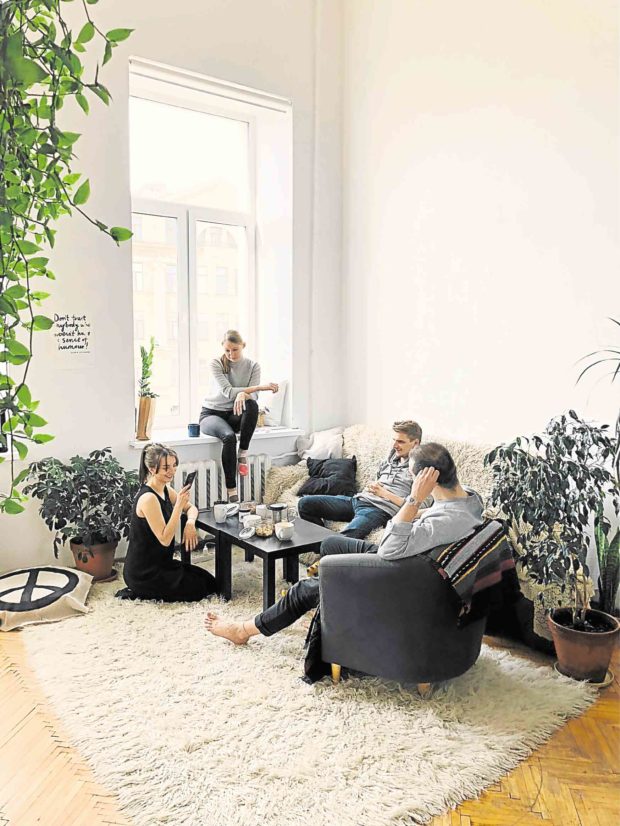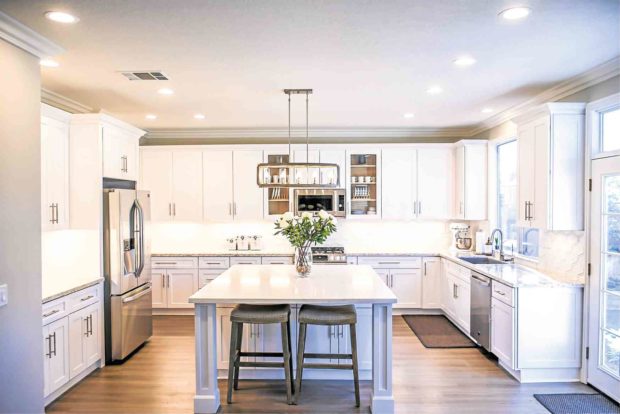The rise of dormitels and co-living spaces
Years ago, dormitories were for students. If you lived in a shared bedroom with one or more people, it was almost always in a school setup.
Nowadays, things have changed. Dormitories no longer refer exclusively to student housing. Due to rising rental costs and worsening traffic, many young professionals choose to live with their peers in shared housing facilities.
The needs of these young professionals, however, vary from those of students. Armed with a monthly paycheck, these yuppies often have more upscale tastes in living compared to students. To meet the demand of this new market, developers have created a new kind of housing that feature budget-friendly yet chic living spaces. Dubbed as “dormitel,” this new kind of housing setup has been slowly making waves in Metro Manila.
The Philippines, however, is not the first one to come up with this kind of housing.
Across the world, many people have started to share living spaces with their peers, albeit under a different term. The following are some examples of dormitory-like homes from abroad that prove that co-habitation is the home of the future.

At the KoHub Apartments in Thailand, you get to live with digital nomads and remote workers in a lush tropical paradise.
KoHUB Apartments
Situated in the island of Koh Lanta, Thailand, the KoHUB apartments offer shared housing in paradise. Targeting remote workers, digital nomads and productive travelers, this unique facility is offered alongside the KoHub co-working space. It is located 5 minutes away from a beach and features shared housing facilities in a lush tropical setting.
KoHUB apartments can come in one-, two-, or four-bedroom cuts that can house singles, couples or groups. These spaces are offered on a daily, weekly or monthly basis. The larger rooms have their own kitchen and lounge. All the apartments come with private bathrooms and airconditioning.
Despite its island setting, the apartments offer high-speed wifi and comprehensive amenities. Though simpler than a hotel, KoHUB features a communal kitchen, Skype Room, personal lockers and game areas. Guests are encouraged to socialize with others through community lunches and other events. Hammocks are also scattered across the grounds, creating a chill vibe throughout the venue.
Overall, KoHUB Apartments offer a temporary home for the working traveler. Though the facility is not meant to attract permanent residents, it’s tempting to stay over for a long time until your visa expires or you start to get homesick. This place is definitely worth a visit if you want to ditch the 8-5 job and earn your keep in a tropical paradise.
Common
If you’re keen to live in some of the major cities in America, Common might be your best housing solution.
It offers shared facilities for a fraction of the price of a traditional studio apartment. This co-living space provides communal utilities, washing machines, cleaning services, supplies and wifi. The rooms are comparable to hotel suites, with furniture from high-end brands such as West Elm and Restoration Hardware. All Common spaces are designed by an in-house design and construction team.
Once you decide to join the community, all you have to do is move in and pay your dues as a member. Each member gets to have his or her private bedroom. Depending on which site, you share other living spaces such as the kitchen, living area and the bathroom with your flat mates. Amenities such as roof deck, interior courtyard, fitness gym and a movie room are shared with other residents.
A bedroom in Common can cost anywhere from $1,300 to $2,275 a month. While this is quite expensive based on Philippine standards, it is relatively cheaper than renting your own studio. Common offers homes in New York City, Los Angeles, Chicago and San Francisco, to name a few. If you want to live in a beautiful urban setting without the hassle of maintenance and utility bills, this setup just might be suited to your needs.
Kin
Developed by the same people behind Common, Kin is an upcoming residential development that focuses on urban families. With its first venture set to open in the city of Long Island, Kin is similar to Common as it offers shared facilities and private living spaces.
However, its offerings are specifically designed to be kid-friendly. Some of the unique features of Kin are a childcare concierge, children’s play spaces, a dog park and valet services.
In addition to these family-oriented rooms, Kin integrates technology in the community’s setup. The co-living community has its exclusive app which allows members to create and attend events, hire childcare services and schedule playdates.
Beyond housing, Kin aims to provide a family-driven living space where children can grow up healthy and parents can ask help when needed. Using technology and design to create a co-living arrangement, Kin is perfect for young families that thrive in urban environments. While the development is still in its experimental stages, it’s worth settling into in the years to come.
Co-living as the future
With the widespread challenges in housing and urbanization, it makes sense to share spaces to save on your home. Though such homes may offer limited privacy and exclusivity, for some people, these are small prices to pay in exchange for reduced expenses and less worries.
If you’re open to living with others, the dormitel setup might be worth a shot. Just remember to dress in presentable clothes when you visit the communal kitchen and to tone down your music in the bedroom. While these spaces are meant to provide you a comfortable lifestyle, you have to remember that the house isn’t yours alone.
Sources:
Mark McCammon, Daria Shevtsova and Naomi Shi via pexels.com
kinfamilies.com/
kohub.org
common.com




